Eibe Frank
Experiments with Optimal Model Trees
Mar 17, 2025Abstract:Model trees provide an appealing way to perform interpretable machine learning for both classification and regression problems. In contrast to ``classic'' decision trees with constant values in their leaves, model trees can use linear combinations of predictor variables in their leaf nodes to form predictions, which can help achieve higher accuracy and smaller trees. Typical algorithms for learning model trees from training data work in a greedy fashion, growing the tree in a top-down manner by recursively splitting the data into smaller and smaller subsets. Crucially, the selected splits are only locally optimal, potentially rendering the tree overly complex and less accurate than a tree whose structure is globally optimal for the training data. In this paper, we empirically investigate the effect of constructing globally optimal model trees for classification and regression with linear support vector machines at the leaf nodes. To this end, we present mixed-integer linear programming formulations to learn optimal trees, compute such trees for a large collection of benchmark data sets, and compare their performance against greedily grown model trees in terms of interpretability and accuracy. We also compare to classic optimal and greedily grown decision trees, random forests, and support vector machines. Our results show that optimal model trees can achieve competitive accuracy with very small trees. We also investigate the effect on the accuracy of replacing axis-parallel splits with multivariate ones, foregoing interpretability while potentially obtaining greater accuracy.
Utilising Deep Learning to Elicit Expert Uncertainty
Jan 21, 2025Abstract:Recent work [ 14 ] has introduced a method for prior elicitation that utilizes records of expert decisions to infer a prior distribution. While this method provides a promising approach to eliciting expert uncertainty, it has only been demonstrated using tabular data, which may not entirely represent the information used by experts to make decisions. In this paper, we demonstrate how analysts can adopt a deep learning approach to utilize the method proposed in [14 ] with the actual information experts use. We provide an overview of deep learning models that can effectively model expert decision-making to elicit distributions that capture expert uncertainty and present an example examining the risk of colon cancer to show in detail how these models can be used.
Multiple Instance Verification
Jul 09, 2024Abstract:We explore multiple-instance verification, a problem setting where a query instance is verified against a bag of target instances with heterogeneous, unknown relevancy. We show that naive adaptations of attention-based multiple instance learning (MIL) methods and standard verification methods like Siamese neural networks are unsuitable for this setting: directly combining state-of-the-art (SOTA) MIL methods and Siamese networks is shown to be no better, and sometimes significantly worse, than a simple baseline model. Postulating that this may be caused by the failure of the representation of the target bag to incorporate the query instance, we introduce a new pooling approach named ``cross-attention pooling'' (CAP). Under the CAP framework, we propose two novel attention functions to address the challenge of distinguishing between highly similar instances in a target bag. Through empirical studies on three different verification tasks, we demonstrate that CAP outperforms adaptations of SOTA MIL methods and the baseline by substantial margins, in terms of both classification accuracy and quality of the explanations provided for the classifications. Ablation studies confirm the superior ability of the new attention functions to identify key instances.
A simple but strong baseline for online continual learning: Repeated Augmented Rehearsal
Sep 28, 2022
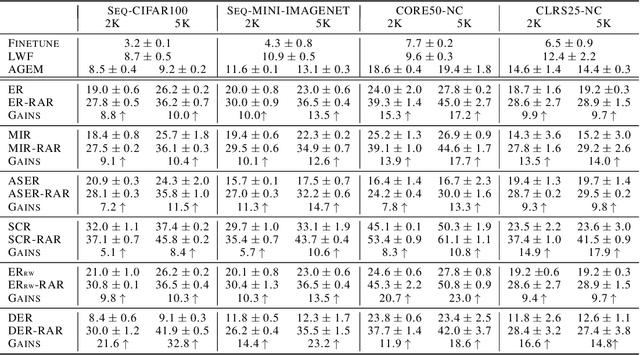
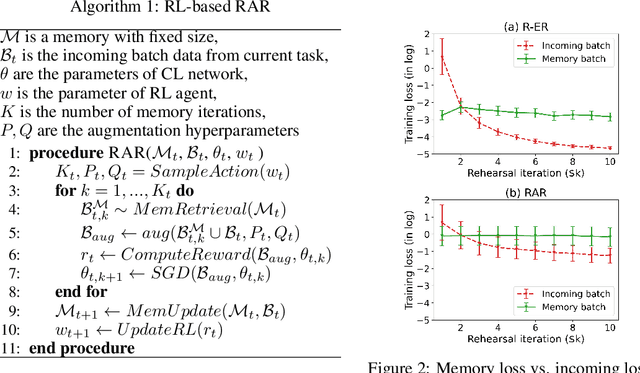

Abstract:Online continual learning (OCL) aims to train neural networks incrementally from a non-stationary data stream with a single pass through data. Rehearsal-based methods attempt to approximate the observed input distributions over time with a small memory and revisit them later to avoid forgetting. Despite its strong empirical performance, rehearsal methods still suffer from a poor approximation of the loss landscape of past data with memory samples. This paper revisits the rehearsal dynamics in online settings. We provide theoretical insights on the inherent memory overfitting risk from the viewpoint of biased and dynamic empirical risk minimization, and examine the merits and limits of repeated rehearsal. Inspired by our analysis, a simple and intuitive baseline, Repeated Augmented Rehearsal (RAR), is designed to address the underfitting-overfitting dilemma of online rehearsal. Surprisingly, across four rather different OCL benchmarks, this simple baseline outperforms vanilla rehearsal by 9%-17% and also significantly improves state-of-the-art rehearsal-based methods MIR, ASER, and SCR. We also demonstrate that RAR successfully achieves an accurate approximation of the loss landscape of past data and high-loss ridge aversion in its learning trajectory. Extensive ablation studies are conducted to study the interplay between repeated and augmented rehearsal and reinforcement learning (RL) is applied to dynamically adjust the hyperparameters of RAR to balance the stability-plasticity trade-off online.
Cross-domain Few-shot Meta-learning Using Stacking
May 12, 2022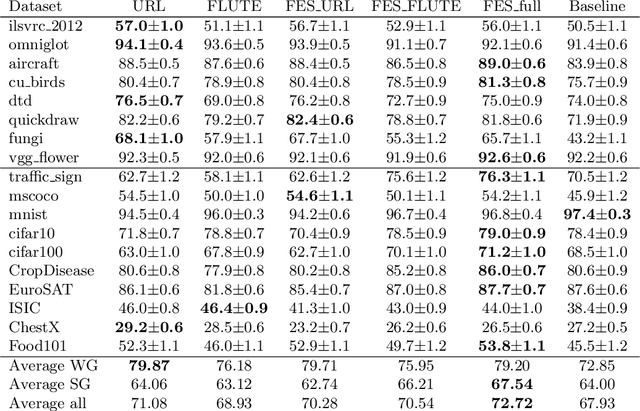

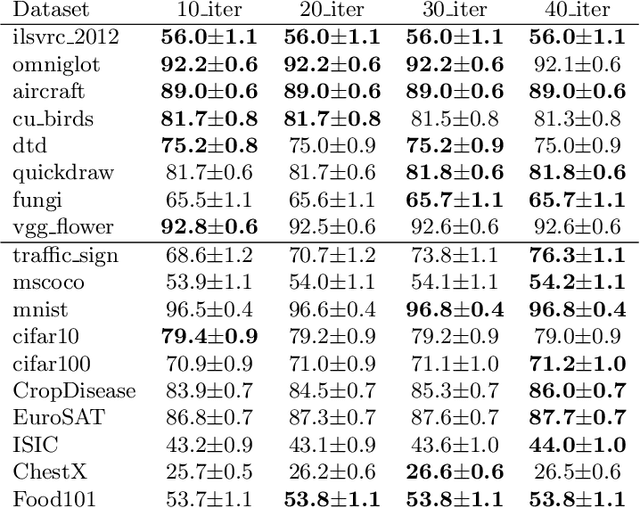

Abstract:Cross-domain few-shot meta-learning (CDFSML) addresses learning problems where knowledge needs to be transferred from several source domains into an instance-scarce target domain with an explicitly different input distribution. Recently published CDFSML methods generally construct a "universal model" that combines knowledge of multiple source domains into one backbone feature extractor. This enables efficient inference but necessitates re-computation of the backbone whenever a new source domain is added. Moreover, state-of-the-art methods derive their universal model from a collection of backbones -- normally one for each source domain -- and the backbones may be constrained to have the same architecture as the universal model. We propose a CDFSML method that is inspired by the classic stacking approach to meta learning. It imposes no constraints on the backbones' architecture or feature shape and does not incur the computational overhead of (re-)computing a universal model. Given a target-domain task, it fine-tunes each backbone independently, uses cross-validation to extract meta training data from the task's instance-scarce support set, and learns a simple linear meta classifier from this data. We evaluate our stacking approach on the well-known Meta-Dataset benchmark, targeting image classification with convolutional neural networks, and show that it often yields substantially higher accuracy than competing methods.
Hitting the Target: Stopping Active Learning at the Cost-Based Optimum
Oct 07, 2021

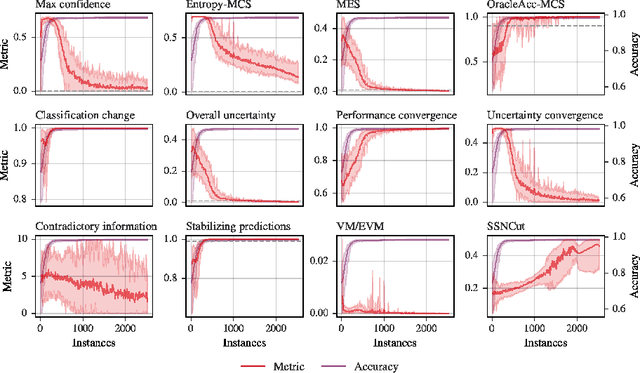
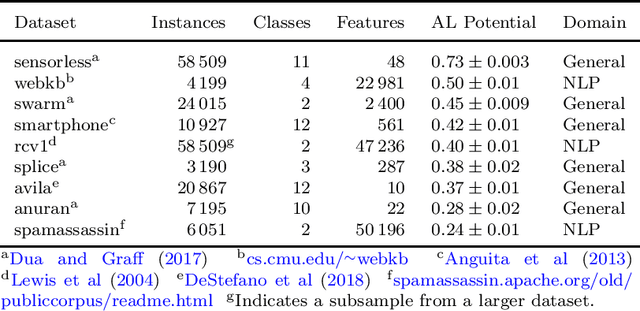
Abstract:Active learning allows machine learning models to be trained using fewer labels while retaining similar performance to traditional fully supervised learning. An active learner selects the most informative data points, requests their labels, and retrains itself. While this approach is promising, it leaves an open problem of how to determine when the model is `good enough' without the additional labels required for traditional evaluation. In the past, different stopping criteria have been proposed aiming to identify the optimal stopping point. However, optimality can only be expressed as a domain-dependent trade-off between accuracy and the number of labels, and no criterion is superior in all applications. This paper is the first to give actionable advice to practitioners on what stopping criteria they should use in a given real-world scenario. We contribute the first large-scale comparison of stopping criteria, using a cost measure to quantify the accuracy/label trade-off, public implementations of all stopping criteria we evaluate, and an open-source framework for evaluating stopping criteria. Our research enables practitioners to substantially reduce labelling costs by utilizing the stopping criterion which best suits their domain.
Better Self-training for Image Classification through Self-supervision
Sep 09, 2021
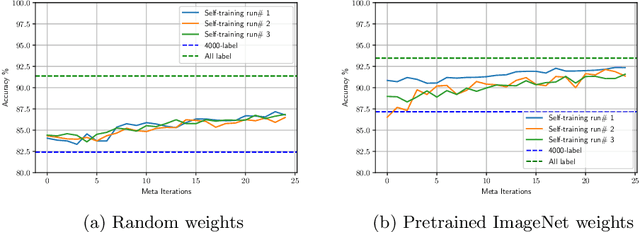

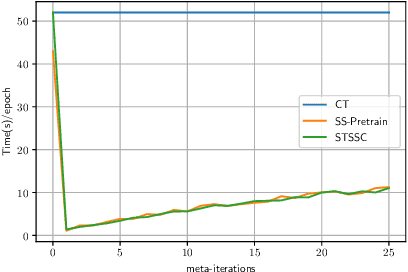
Abstract:Self-training is a simple semi-supervised learning approach: Unlabelled examples that attract high-confidence predictions are labelled with their predictions and added to the training set, with this process being repeated multiple times. Recently, self-supervision -- learning without manual supervision by solving an automatically-generated pretext task -- has gained prominence in deep learning. This paper investigates three different ways of incorporating self-supervision into self-training to improve accuracy in image classification: self-supervision as pretraining only, self-supervision performed exclusively in the first iteration of self-training, and self-supervision added to every iteration of self-training. Empirical results on the SVHN, CIFAR-10, and PlantVillage datasets, using both training from scratch, and Imagenet-pretrained weights, show that applying self-supervision only in the first iteration of self-training can greatly improve accuracy, for a modest increase in computation time.
Transfer of Pretrained Model Weights Substantially Improves Semi-Supervised Image Classification
Sep 09, 2021
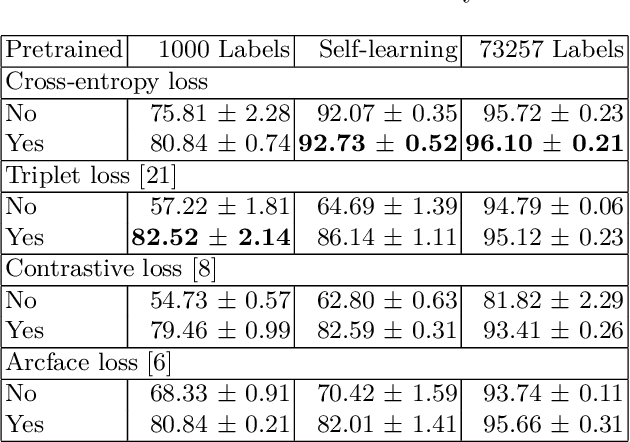
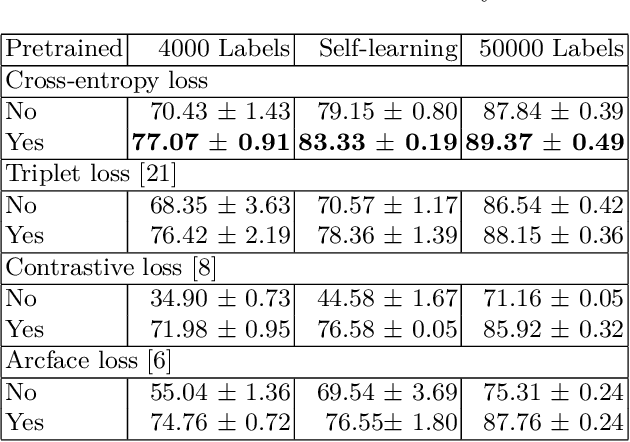

Abstract:Deep neural networks produce state-of-the-art results when trained on a large number of labeled examples but tend to overfit when small amounts of labeled examples are used for training. Creating a large number of labeled examples requires considerable resources, time, and effort. If labeling new data is not feasible, so-called semi-supervised learning can achieve better generalisation than purely supervised learning by employing unlabeled instances as well as labeled ones. The work presented in this paper is motivated by the observation that transfer learning provides the opportunity to potentially further improve performance by exploiting models pretrained on a similar domain. More specifically, we explore the use of transfer learning when performing semi-supervised learning using self-learning. The main contribution is an empirical evaluation of transfer learning using different combinations of similarity metric learning methods and label propagation algorithms in semi-supervised learning. We find that transfer learning always substantially improves the model's accuracy when few labeled examples are available, regardless of the type of loss used for training the neural network. This finding is obtained by performing extensive experiments on the SVHN, CIFAR10, and Plant Village image classification datasets and applying pretrained weights from Imagenet for transfer learning.
* added link to code and data repo
Semi-Supervised Learning using Siamese Networks
Sep 09, 2021
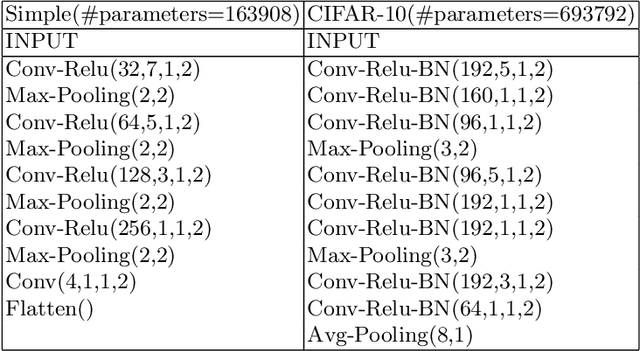
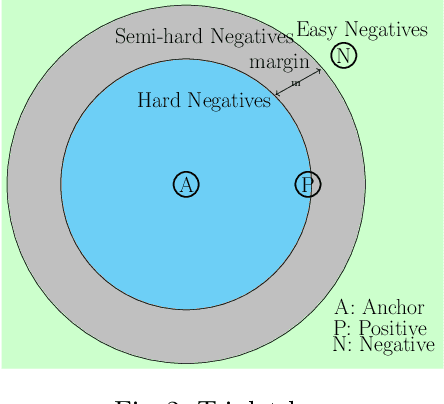

Abstract:Neural networks have been successfully used as classification models yielding state-of-the-art results when trained on a large number of labeled samples. These models, however, are more difficult to train successfully for semi-supervised problems where small amounts of labeled instances are available along with a large number of unlabeled instances. This work explores a new training method for semi-supervised learning that is based on similarity function learning using a Siamese network to obtain a suitable embedding. The learned representations are discriminative in Euclidean space, and hence can be used for labeling unlabeled instances using a nearest-neighbor classifier. Confident predictions of unlabeled instances are used as true labels for retraining the Siamese network on the expanded training set. This process is applied iteratively. We perform an empirical study of this iterative self-training algorithm. For improving unlabeled predictions, local learning with global consistency [22] is also evaluated.
* added link of GitHub repository
Sampling Permutations for Shapley Value Estimation
Apr 25, 2021



Abstract:Game-theoretic attribution techniques based on Shapley values are used extensively to interpret black-box machine learning models, but their exact calculation is generally NP-hard, requiring approximation methods for non-trivial models. As the computation of Shapley values can be expressed as a summation over a set of permutations, a common approach is to sample a subset of these permutations for approximation. Unfortunately, standard Monte Carlo sampling methods can exhibit slow convergence, and more sophisticated quasi Monte Carlo methods are not well defined on the space of permutations. To address this, we investigate new approaches based on two classes of approximation methods and compare them empirically. First, we demonstrate quadrature techniques in a RKHS containing functions of permutations, using the Mallows kernel to obtain explicit convergence rates of $O(1/n)$, improving on $O(1/\sqrt{n})$ for plain Monte Carlo. The RKHS perspective also leads to quasi Monte Carlo type error bounds, with a tractable discrepancy measure defined on permutations. Second, we exploit connections between the hypersphere $\mathbb{S}^{d-2}$ and permutations to create practical algorithms for generating permutation samples with good properties. Experiments show the above techniques provide significant improvements for Shapley value estimates over existing methods, converging to a smaller RMSE in the same number of model evaluations.
 Add to Chrome
Add to Chrome Add to Firefox
Add to Firefox Add to Edge
Add to Edge